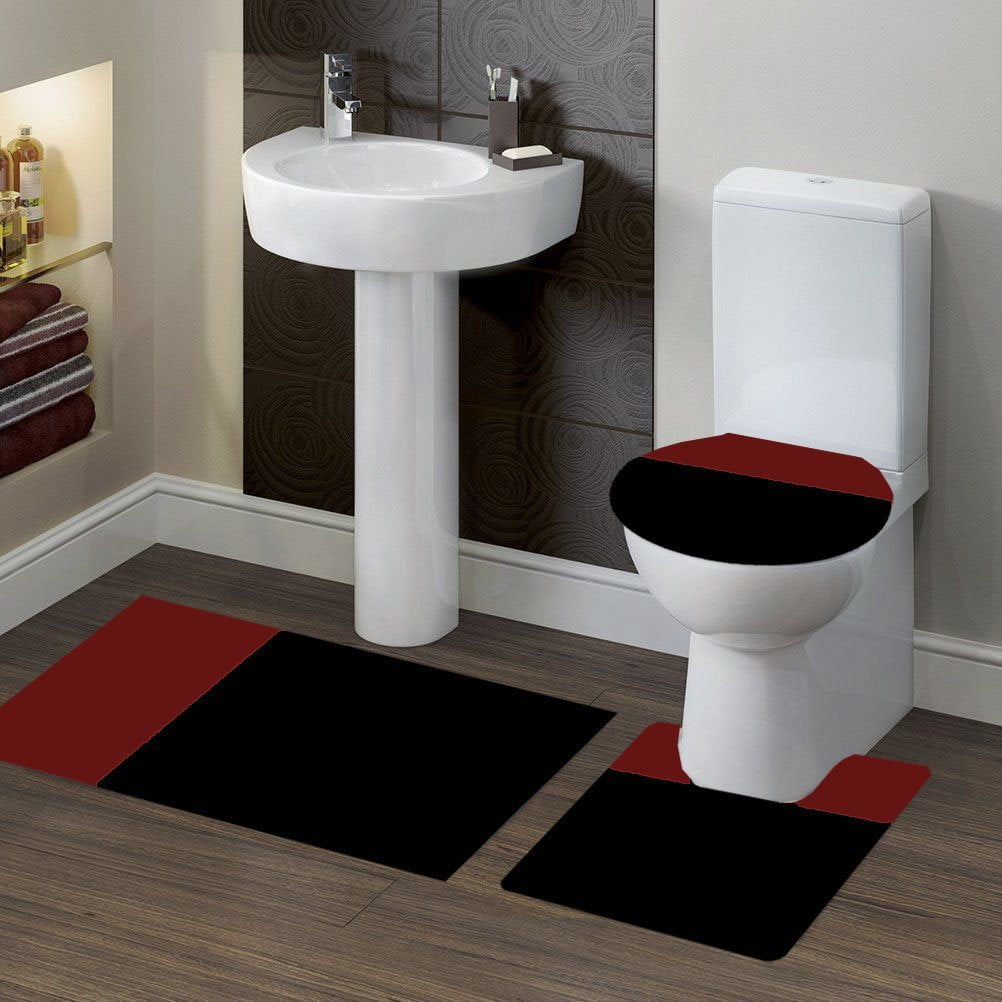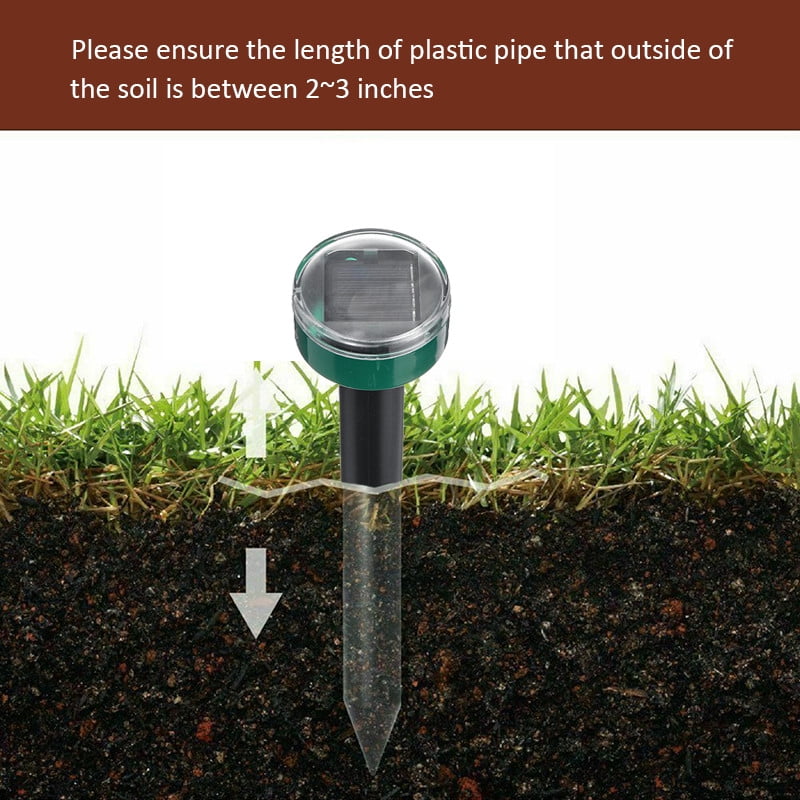Table of Content
The average homes sell for about 2% below list price and go pending in around 49 days. The average homes sell for about 2% below list price and go pending in around 55 days. The average homes sell for about 3% below list price and go pending in around 51 days. The average homes sell for about 2% below list price and go pending in around 53 days. Yardi Matrix covers ~80% of the U.S. metro area population, including over 80,000 properties and 15.2 million apartments across 124 U.S. markets.
Percentages are based on the number of housing units for each type over the total number of units across all types. The proportion of homes and apartments in the city built within a certain time period. The price range for all bedrooms and all property types is $1,400 to $6,000. Flood risk in Downtown Buckeye is increasing slower than the national average. Homes in Buckeye are staying on the market for 0 days on average.
Buckeye, AZ Rental Market Trends
Can sell for about 2% above list price and go pending in around 19 days. Here’s what you can do next with your housing market report. Fire risk estimates the risk of wildfires, based on the likelihood of burning in the future and the potential size and severity of a fire. Can sell for around list price and go pending in around 28 days.

Can sell for around list price and go pending in around 25 days. 4,011 or 20% of the households in Buckeye, AZ are renter-occupied while 16,432 or 80% are owner-occupied. The most popular Neighborhoods in Buckeye are Sundance where we have 61 listings. The median home price in Buckeye is $369,995 with a median price per sqft of $222.
View houses in Buckeye that sold recently
Homes include single family houses as well as apartment and condominium units. Average market rent is exclusively developed by NeighborhoodScout. It reveals the average monthly rent paid for market rate apartments and rental homes in the city, excluding public housing. Neighborhood appreciation rate data are based on transactions involving conforming, conventional mortgages. Only mortgage transactions on single-family properties are included. Conventional means that the mortgages are neither insured nor guaranteed by the FHA, VA, or other federal government entity.

Total monthly expenditure you can expect to incur depends on the cost of housing, food, utilities, transportation, healthcare, other miscellaneous goods and services. Note that your household composition and home ownership status (renting vs. owning) might affect your monthly expenses. Relative to Arizona, our data show that Buckeye's latest annual appreciation rate is higher than 70% of the other cities and towns in Arizona. The median rent for all bedrooms and all property types in Buckeye, AZ is $1,995.
Recent offers
Create an account to save and share your favorite homes and searches. Houses in Buckeye, AZ rent between $1,400 - $6,000 with a median rent of $1,995. In the last year, rent has decreased by $105 compared to the previous year. Many homes get multiple offers, some with waived contingencies. For a simple, stress-free transaction, consider selling to pre-approved iBuyers ready to make offers on your home. Get cash offers with HomeLight Simple Sale, the fastest way to sell your home.

In November 2022, Downtown Buckeye home prices were up 8.7% compared to last year, selling for a median price of $317K. On average, homes in Downtown Buckeye sell after 60 days on the market compared to 40 days last year. There were 15 homes sold in November this year, down from 21 last year. Are you planning a move to Buckeye, AZ and wondering if it is an expensive place to live in? The predominate size of homes in the city based on the number of bedrooms.
Using that number, a maximum of $1,538 per month should be allocated to housing expenses. For those who are renting instead of owning, the median income is $50,478, which means there is a maximum of $1,178 to be spent on the costs of renting a home or apartment. Fully 12.37% of the housing stock is classified as vacant. Housing vacancy rates are a useful measure to consider, along with other things, if you are a home buyer or a real estate investor.

Heat risk estimates how much climate change might increase the typical number of hot days in a year and the likelihood of extreme heat and heatwaves. Explore how many homes are likely to flood in nearby cities, compared to . The average rent for an apartment in Buckeye is $1,829. The cost of rent varies depending on several factors, including location, size, and quality. At this time, we don't have enough neighborhood price data for the selected bedroom count. The percentage of housing units in the city that are occupied by the property owner versus occupied by a tenant .
A cost of living calculator helps you to assess how much you will need to make in order to live comfortably in a specific city. It takes into account various expenses that you will make in your daily lives (on housing, food, utilities, transportation, entertainment, etc.) and helps you determine a livable salary. One very important thing to keep in mind is that these are average appreciation rates for the city. Individual neighborhoods within Buckeye differ in their investment potential, sometimes by a great deal. With 91,502 people, 20,443 houses or apartments, and a median cost of homes of $406,888, Buckeye real estate prices are well above average cost compared to national prices.

That’s 0 days more than the average in December 2021. Find a top agent with a proven track record of selling homes faster than their peers or who can help you find your dream home, no matter how quickly their market moves. Storm risk estimates how much climate change increases the chances of extreme precipitation, when a lot of rain or snow falls in a short time, including thunderstorms, snowstorms, and tropical cyclones.
In November 2022, Buckeye home prices were down 1.3% compared to last year, selling for a median price of $395K. On average, homes in Buckeye sell after 50 days on the market compared to 32 days last year. There were 156 homes sold in November this year, down from 253 last year. In the last 10 years, Buckeye has experienced some of the highest home appreciation rates of any community in the nation. Buckeye real estate appreciated 236.32% over the last ten years, which is an average annual home appreciation rate of 12.90%, putting Buckeye in the top 10% nationally for real estate appreciation. If you are a home buyer or real estate investor, Buckeye definitely has a track record of being one of the best long term real estate investments in America through the last ten years.


No comments:
Post a Comment